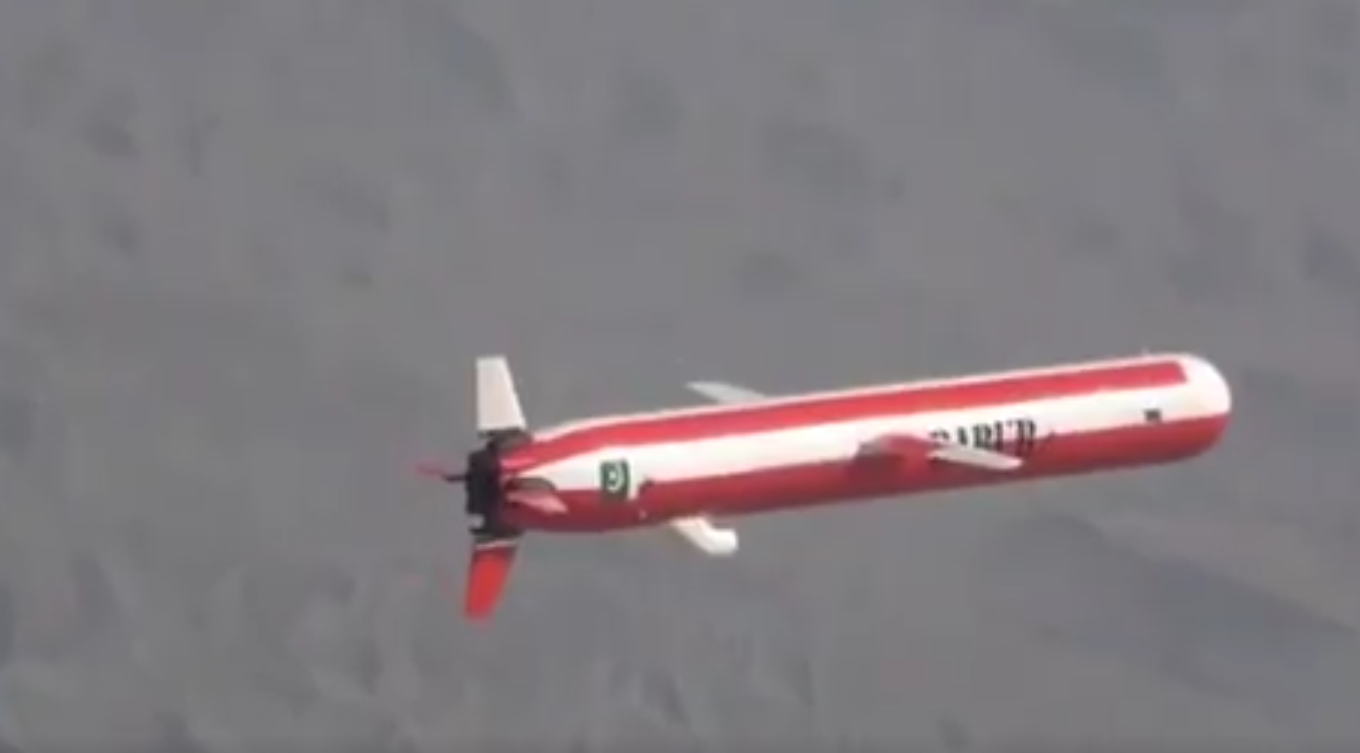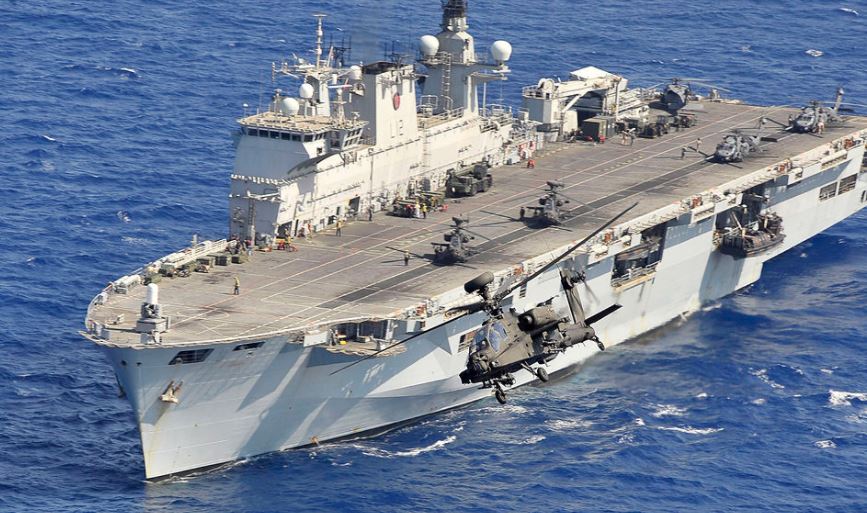2864Views 11Comments

Pakistan test-fires shore-based ‘long-range’ anti-ship missile
The Pakistan Navy tested a land-based ‘long-range’ anti-ship missile (AShM) on Thursday, 16 March.
In its press release, the Pakistani military’s media arm the Inter Services Public Relations (ISPR) states that the AShM is equipped with “advanced technology and avionics, which enable engagement of targets at sea with high accuracy.” As per ISPR, the missile successfully struck its sea-based target.
Notes & Comments:
The make, type, range and guidance configuration of the AShM were not disclosed. Pakistan operates China National Aero-Technology Import and Export Corporation (CATIC) C-802A, Boeing Harpoon Block-II, and MBDA Exocet AShM from its range of surface, sub-surface and aerial platforms.
In April 2016, Pakistan also tested a shore-based AShM by the name of “Zarb”, which was speculated to have been the China Aerospace Science and Industry Corporation (CASIC) C-602. However, officials told Defense News that Pakistan could be developing an indigenous AShM. The Babur-2, which was tested in December 2016, was also described as being capable of engaging “targets … at sea.”
In general terms, an AShM is a turbojet (and alternatively, turbofan)-powered munition that has an inertial navigation system (INS), which can be guided to the target by radar through data-link. Once in the vicinity of the target, a terminal-stage imaging infrared (IIR) or active radar-homing (ARH) seeker activates to strike the target.
With some of these technologies already employed to produce Pakistan’s Babur and Ra’ad-series of land-attack cruise missiles, the notion of scaling them for AShM is plausible. Granted, active-homing seekers (which are essential for engaging moving targets) are complex technology areas. In fact, ARH-seekers would be challenging to develop under the pressures of modern electronic warfare (EW) systems, which threaten to jam such missiles. For Pakistan, collaboration with external parties such as China will be critical to its success in these areas.
Shore-based AShMs are a component of Pakistan’s anti-access and area-denial (A2/AD) strategy, which is designed to prevent enemy incursion into its littoral waters and to protect the country’s coastal economic and defence assets, such as shipping ports and shipyards.
While a Missile Technology Control Regime (MTCR)-compliant missile capped to 300 km in range would provide ample littoral defensibility, an anti-ship variant of the Babur-2 – i.e. with its 750-km range – would cover a significant portion of Pakistan’s exclusive economic zone (EEZ).



11 Comments
by Syed Bushra
The hush-hush nature of the test makes me think that something is cooking though it is likely that Pakistan Navy tested C-602. I do think Pakistan Navy is taking an incremental approach towards a Babur-2 AShM.
by Superior Shakeel
how will the radar track a ship 750 KMS deep into the ocean i could never understand the concept of of such long AshM or do they only fire at the ship once they are in radar range.
and what kind of radar is being used for targeting purpose of this coastal SAM?
by Shafiq
What are the main differences between a ALCM and AshM??Can any one elaborate
by SYED
DOES PAKISTAN HAVE ACCESS TO CHINESE SATELLITE DATA….OTHERWISE 750 KM RANGE IS USELESS
by Bilal Khan
One could tell the AShM’s INS to go to a specific way-point at sea, reaching which would result in data-linking to an airborne or ship-based radar in range.
by Aamir
Basic diff.
ALCM = Air Launched Cruse Missile
https://en.m.wikipedia.org/wiki/Air-launched_cruise_missile
AshM = Anti Ship Missile
https://en.m.wikipedia.org/wiki/Anti-ship_missile
by ahmria
I’m presuming that the missile gets mid range guidance from a maritime patrol aircraft or helicopter.
by Zaigham
Pakistan has SAAB AEWACS which can integrate an attack with land base radar and aerial target accusation , all P3 Orions can do this as well
by Aamir
For anyone to understand how an AShM works you should read The Falklands War. It used to prescribed reading by the army book club, you should be able to buy it at a good second hand book store. The Argentinians used the the Exocet Misslie against the British fleet a second it steamed towards the The Falkland Islands. They had a handful of these missiles and used them well, theses were launched from Air & land.
by U
? from what I know the airborne or ship based radars would be P3Cs or Frigates so wouldn’t it be realistic to launch a missile from them itself?
by Bilal Khan
Depends. You might be in a situation where the P-3Cs or frigates, especially frigates, might not be armed at that moment (which is plausible in a saturated strike attempts where said missiles are launched perhaps minutes or hours before). Alternatively, you could put radars on unarmed or lightly armed ships that are optimized for speed and low-detectability. Or even a drone.